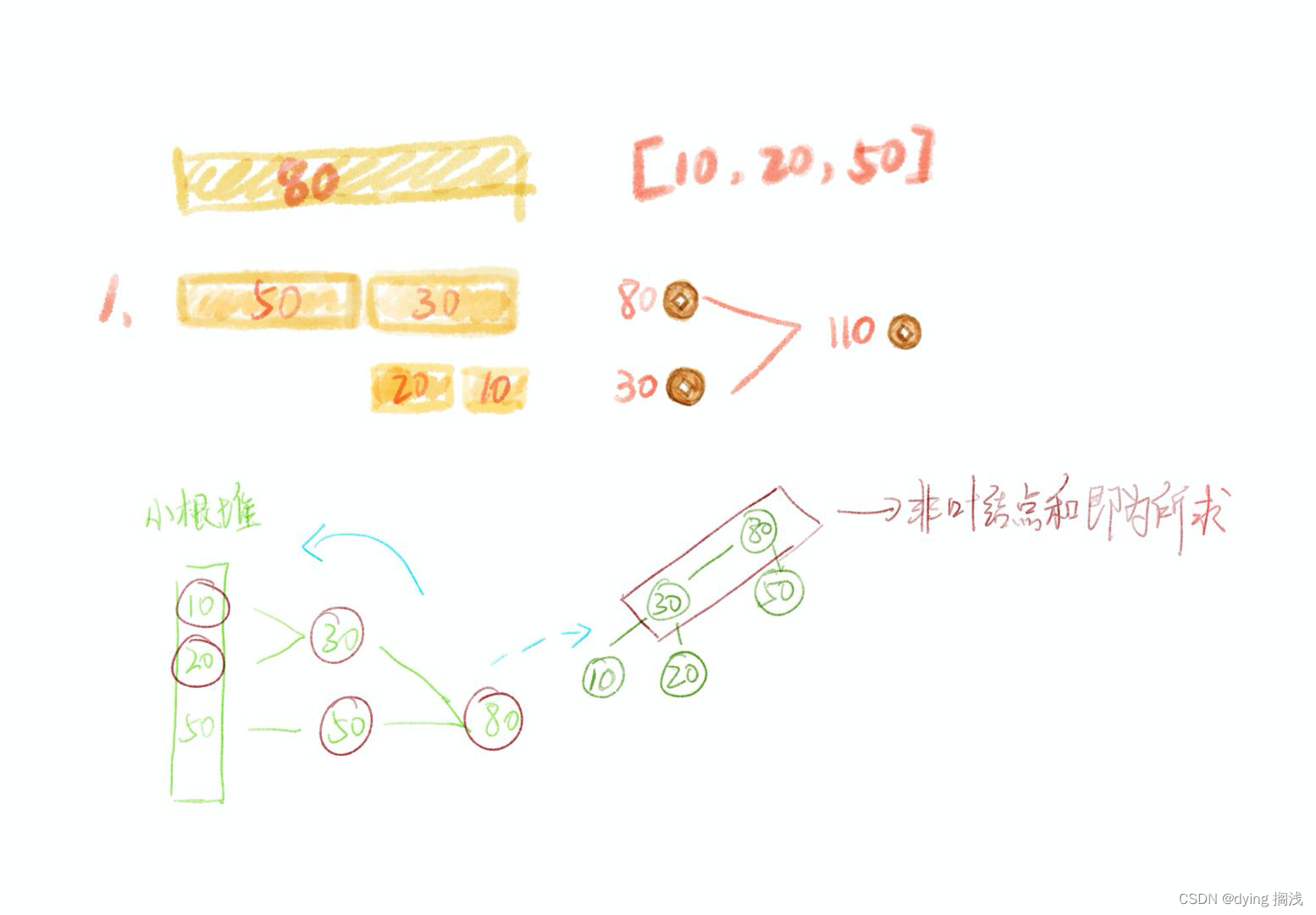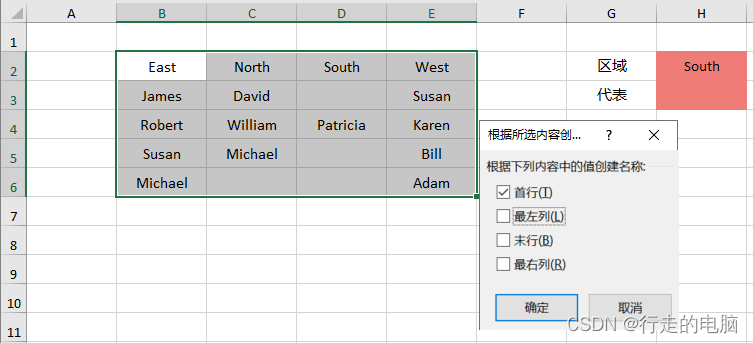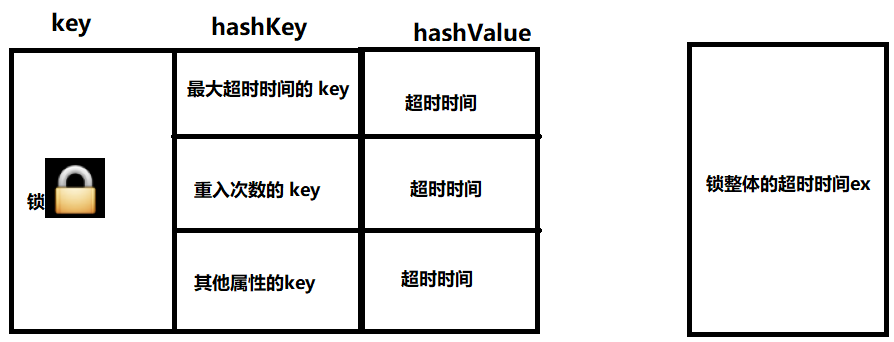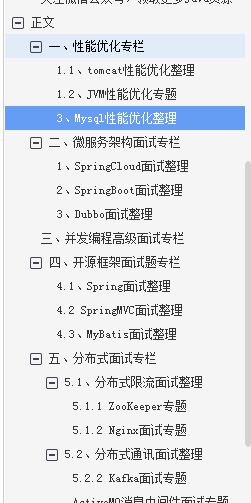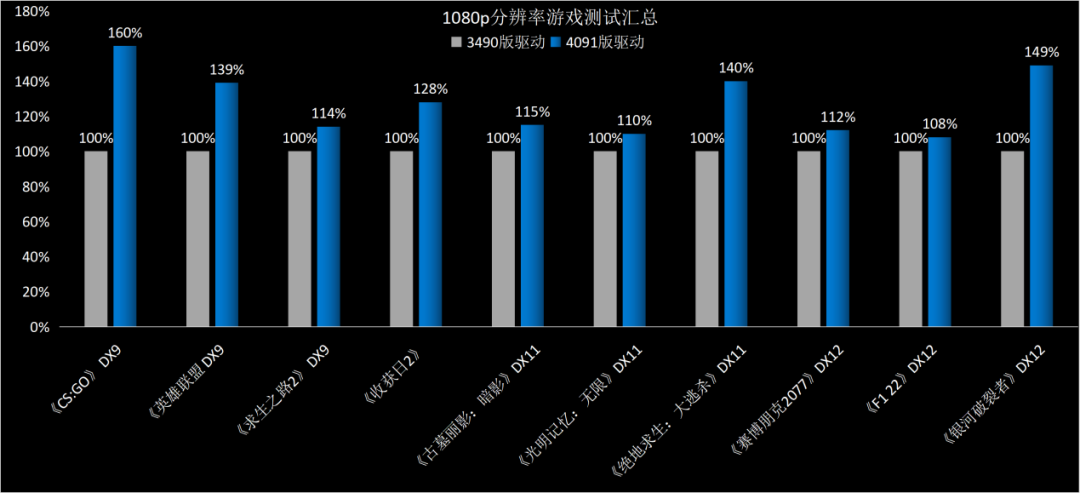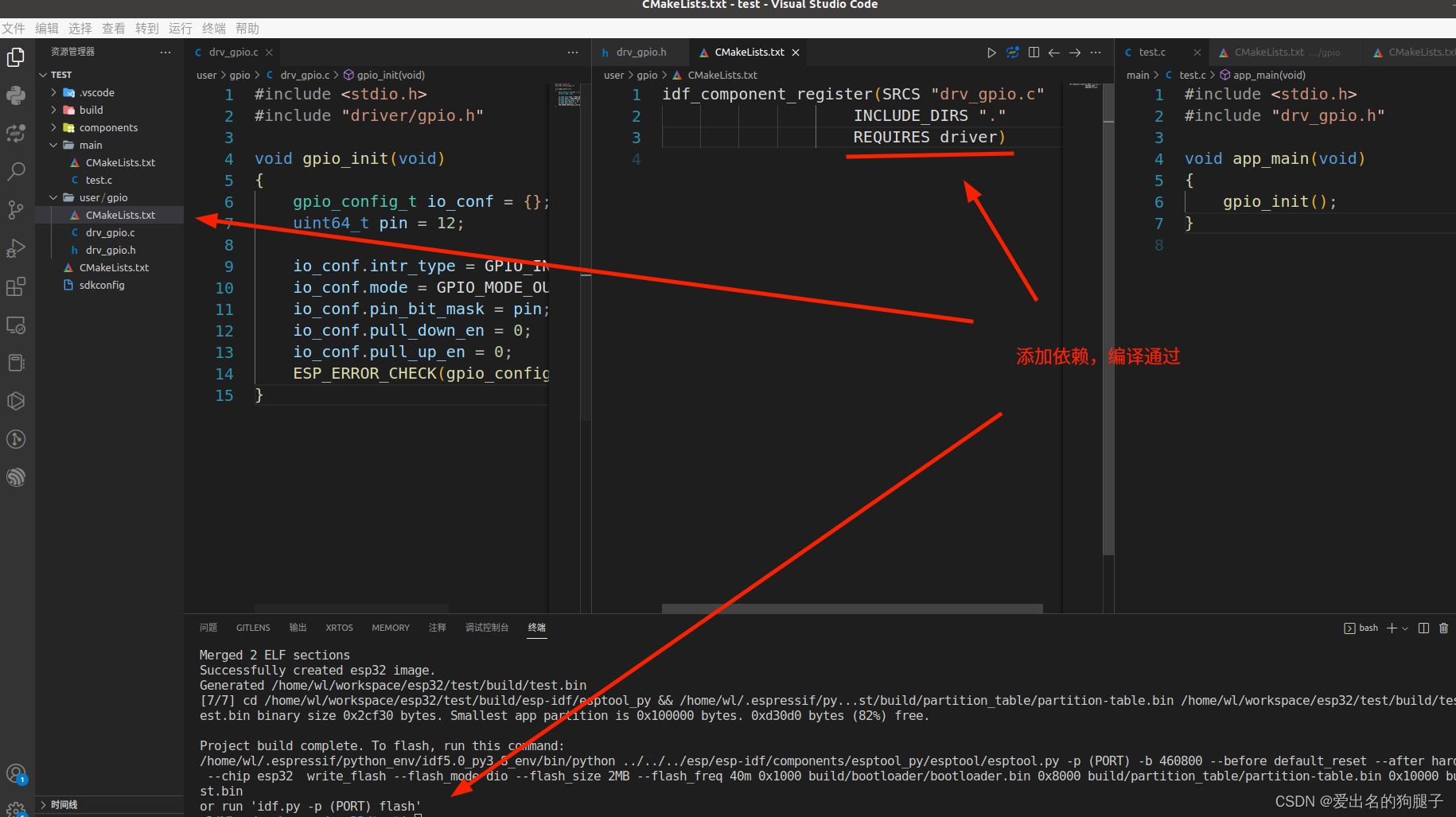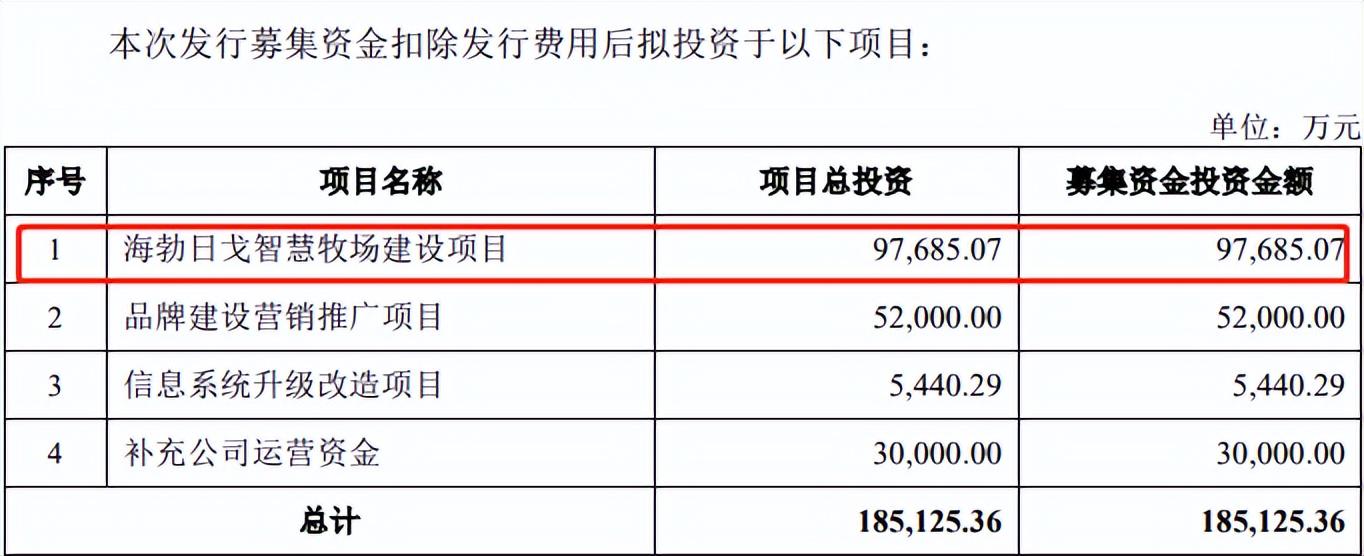Seata源码剖析-源码入口
Seata客户端启动
首先一个Seata的客户端启动一般分为几个流程:
- 自动加载各种Bean及配置信息
- 初始化TM
- 初始化RM(具体服务)
- 初始化分布式事务客户端完成,代理数据源
- 连接TC(Seata服务端),注册RM,注册TM
- 开启全局事务
在这个其中,就会涉及到几个核心的类型,首先我们需要来看配置类型GlobalTransactionAutoConfiguration
所以我们直接通过官方案例引入的Seata包,找到SpringBoot项目在启动的时候自动扫描加载类型的spring.factories,然后找到GlobalTransactionAutoConfiguration(Seata自动配置类)
全局事务扫描类源码
这个类型的核心点,就是加载配置,注入相关的Bean
/**
* seata自动配置类
*/
@Configuration
@EnableConfigurationProperties(SeataProperties.class)
public class GlobalTransactionAutoConfiguration {
private final ApplicationContext applicationContext;
private final SeataProperties seataProperties;
public GlobalTransactionAutoConfiguration(ApplicationContext applicationContext,
SeataProperties seataProperties) {
this.applicationContext = applicationContext;
this.seataProperties = seataProperties;
}
// 注入全局事务扫描器
@Bean
public GlobalTransactionScanner globalTransactionScanner() {
String applicationName = applicationContext.getEnvironment()
.getProperty("spring.application.name");
String txServiceGroup = seataProperties.getTxServiceGroup();
if (StringUtils.isEmpty(txServiceGroup)) {
txServiceGroup = applicationName + "-fescar-service-group";
seataProperties.setTxServiceGroup(txServiceGroup);
}
// 构建全局扫描器,传入参数:应用名、事务分组名,失败处理器
return new GlobalTransactionScanner(applicationName, txServiceGroup);
}
}
GlobalTransactionScanner全局事务扫描器
在这其中我们要关心的是GlobalTransactionScanner这个类型,这个类型扫描@GlobalTransactional注解,并对代理方法进行拦截增强事务的功能。
![[外链图片转存失败,源站可能有防盗链机制,建议将图片保存下来直接上传(img-UqM1hMcB-1676379765831)(image-20220221231318290.png)]](https://img-blog.csdnimg.cn/44ac0f94f86e4619984fbf555d7fd455.png)
这里给大家展示了当前GlobalTransactionScanner的类关系图,其中我们现在继承了Aop的AbstractAutoProxyCreator类型,在这其中有一个重点方法,其实这个方法就是判断Bean对象是否需要代理,是否需要增强
protected Object wrapIfNecessary(Object bean, String beanName, Object cacheKey) {
if (beanName != null && this.targetSourcedBeans.contains(beanName)) {
return bean;
}
if (Boolean.FALSE.equals(this.advisedBeans.get(cacheKey))) {
return bean;
}
if (isInfrastructureClass(bean.getClass()) || shouldSkip(bean.getClass(), beanName)) {
this.advisedBeans.put(cacheKey, Boolean.FALSE);
return bean;
}
// Create proxy if we have advice.
Object[] specificInterceptors = getAdvicesAndAdvisorsForBean(bean.getClass(), beanName, null);
if (specificInterceptors != DO_NOT_PROXY) {
this.advisedBeans.put(cacheKey, Boolean.TRUE);
Object proxy = createProxy(
bean.getClass(), beanName, specificInterceptors, new SingletonTargetSource(bean));
this.proxyTypes.put(cacheKey, proxy.getClass());
return proxy;
}
this.advisedBeans.put(cacheKey, Boolean.FALSE);
return bean;
}
当然这是父类提供的方法,那子类继承之后重写此方法,完成了定制化的效果,定义不同的代理对象
@Override
protected Object wrapIfNecessary(奈色色瑞)(Object bean, String beanName, Object cacheKey) {
try {
// 加锁防止并发
synchronized (PROXYED_SET) {
if (PROXYED_SET.contains(beanName)) {
return bean;
}
interceptor = null;
//check TCC proxy
// 检查是否是TCC模式
if (TCCBeanParserUtils.isTccAutoProxy(bean, beanName, applicationContext)) {
//TCC interceptor, proxy bean of sofa:reference/dubbo:reference, and LocalTCC
// 如果是:添加TCC拦截器
interceptor = new TccActionInterceptor(TCCBeanParserUtils.getRemotingDesc(beanName));
ConfigurationCache.addConfigListener(ConfigurationKeys.DISABLE_GLOBAL_TRANSACTION,
(ConfigurationChangeListener)interceptor);
} else {
// 不是TCC模式
Class<?> serviceInterface = SpringProxyUtils.findTargetClass(bean);
Class<?>[] interfacesIfJdk = SpringProxyUtils.findInterfaces(bean);
// 判断是否有相关事务注解,如果没有就不代理
if (!existsAnnotation(new Class[]{serviceInterface})
&& !existsAnnotation(interfacesIfJdk)) {
return bean;
}
// 当发现存在全局事务注解标注的Bean,添加拦截器
if (globalTransactionalInterceptor == null) {
// 添加拦截器
globalTransactionalInterceptor = new GlobalTransactionalInterceptor(failureHandlerHook);
ConfigurationCache.addConfigListener(
ConfigurationKeys.DISABLE_GLOBAL_TRANSACTION,
(ConfigurationChangeListener)globalTransactionalInterceptor);
}
interceptor = globalTransactionalInterceptor;
}
LOGGER.info("Bean[{}] with name [{}] would use interceptor [{}]", bean.getClass().getName(), beanName, interceptor.getClass().getName());
// 检查是否是代理对象
if (!AopUtils.isAopProxy(bean)) {
// 不是调用Spring代理(父级)
bean = super.wrapIfNecessary(bean, beanName, cacheKey);
} else {
// 已经是代理对象,反射获取代理类中的已经存在的拦截器组合,然后添加到该集合当中
AdvisedSupport advised = SpringProxyUtils.getAdvisedSupport(bean);
Advisor[] advisor = buildAdvisors(beanName, getAdvicesAndAdvisorsForBean(null, null, null));
for (Advisor avr : advisor) {
advised.addAdvisor(0, avr);
}
}
// 将Bean添加到Set中
PROXYED_SET.add(beanName);
return bean;
}
} catch (Exception exx) {
throw new RuntimeException(exx);
}
}


